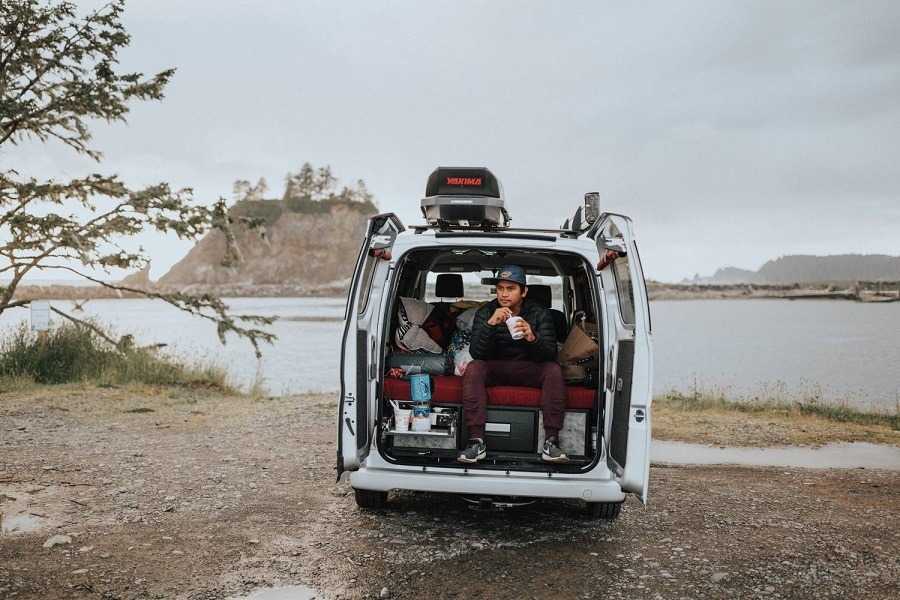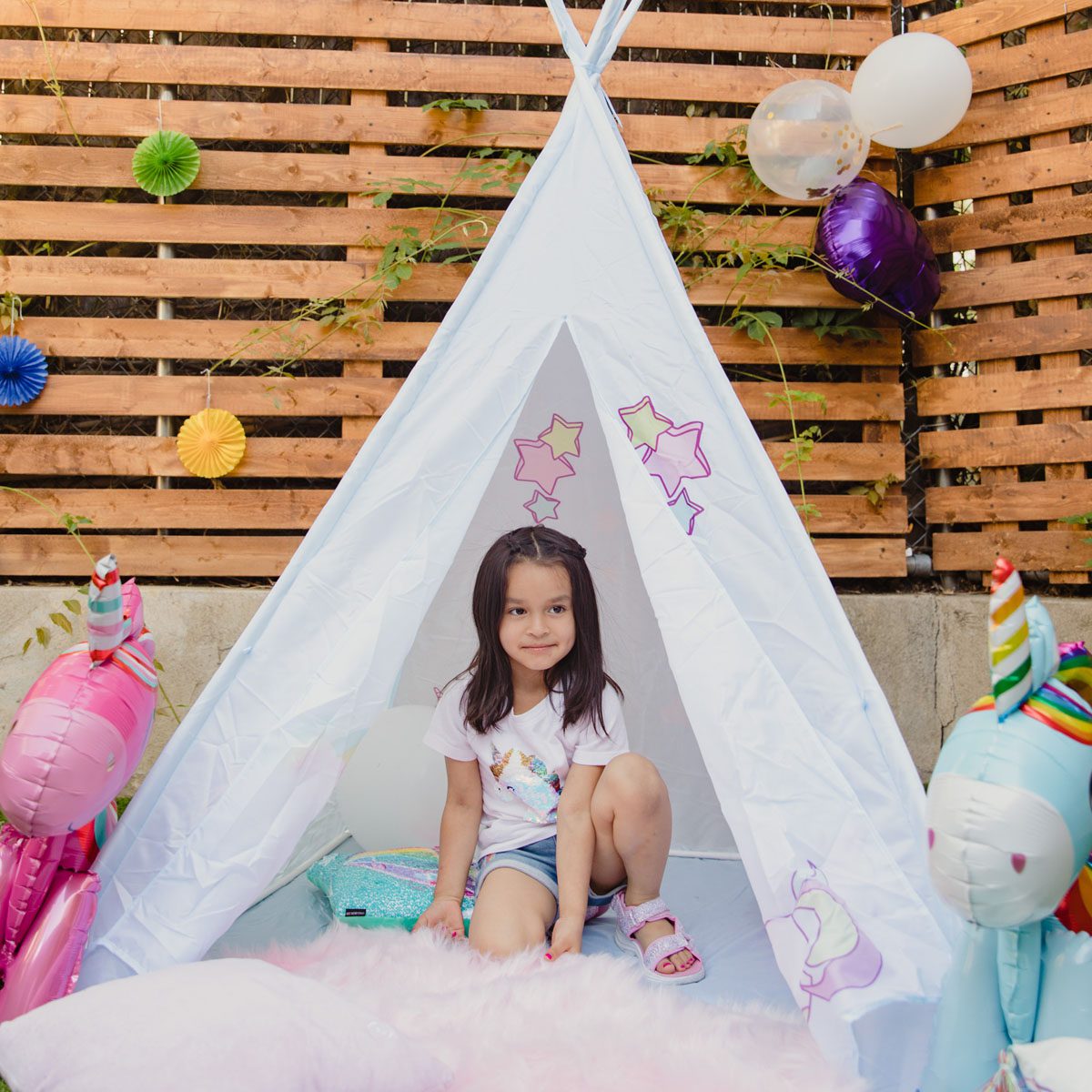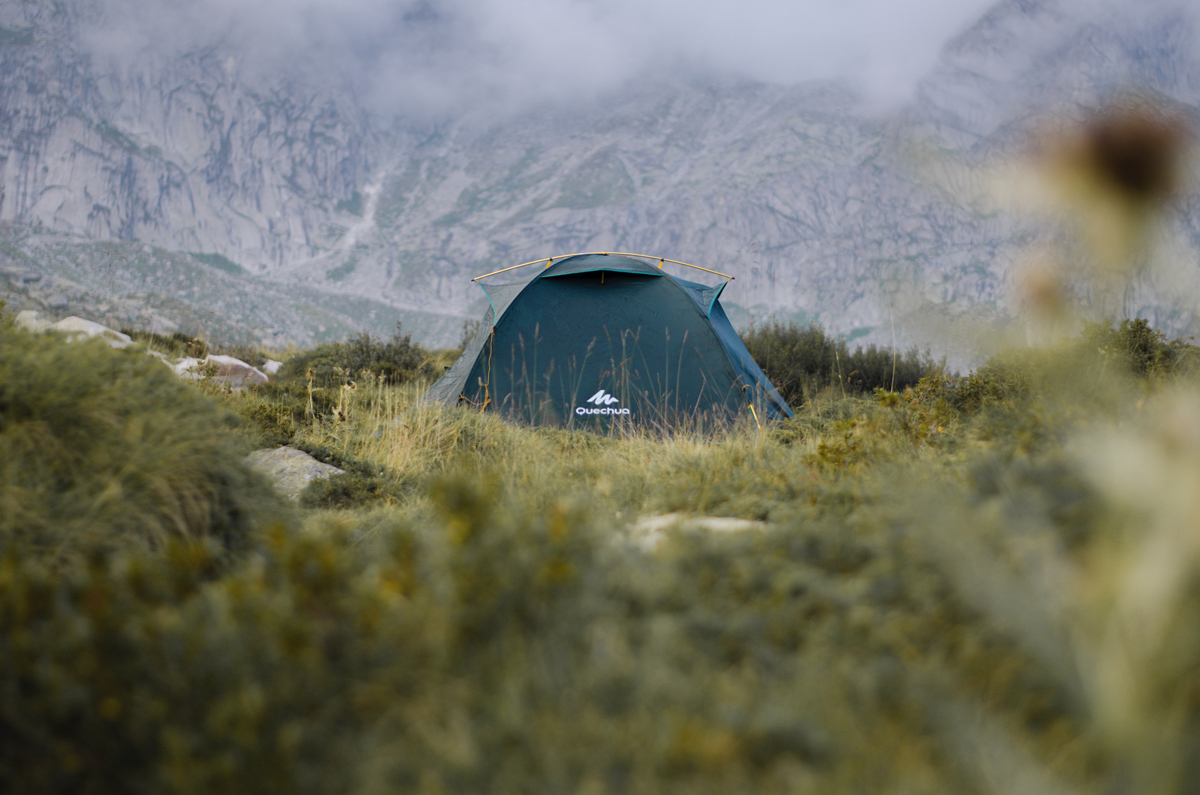Phone
+1-650-666-095
Contact E-mail
[email protected]
Address
16192 Coastal Hwy, Lewes, DE 19958-3608
How To Build A Campfire: A Guide
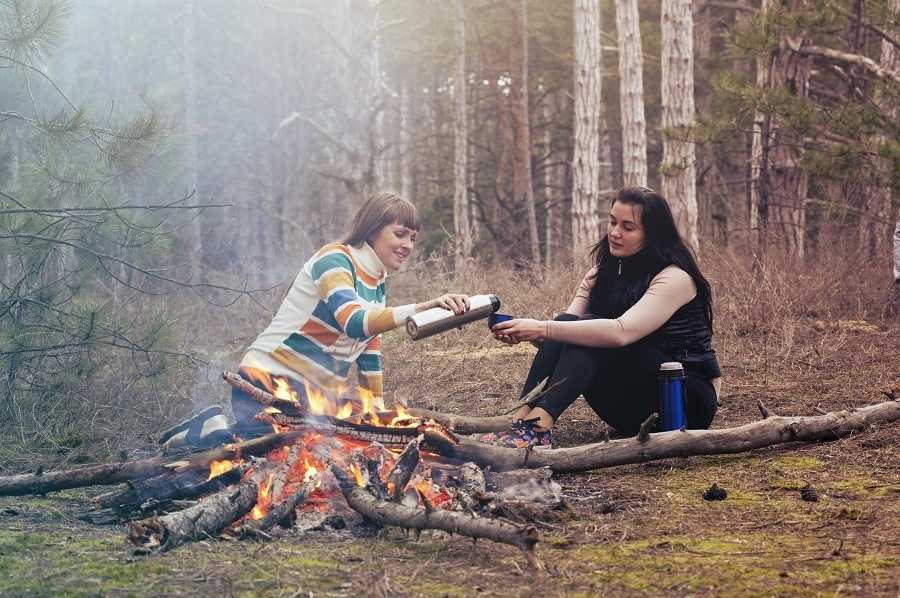

Knowing how to build a campfire means that you and your camping party will have access to comfort, warmth, and heat to cook your meals, boil your water, and keep you safe during your camping trip.
Campfires and camping go hand in hand. However, many of us are unsure how to build a campfire. With our tips and tricks, you’ll have all the knowledge you need to start a campfire successfully whenever you go camping and enjoy its warmth.
The Best Types Of Wood For Building A Campfire
The wood you use to build a campfire will determine how easily the fire starts and how long it keeps burning, so look for seasoned wood that looks like it’s been lying around for more than one season.
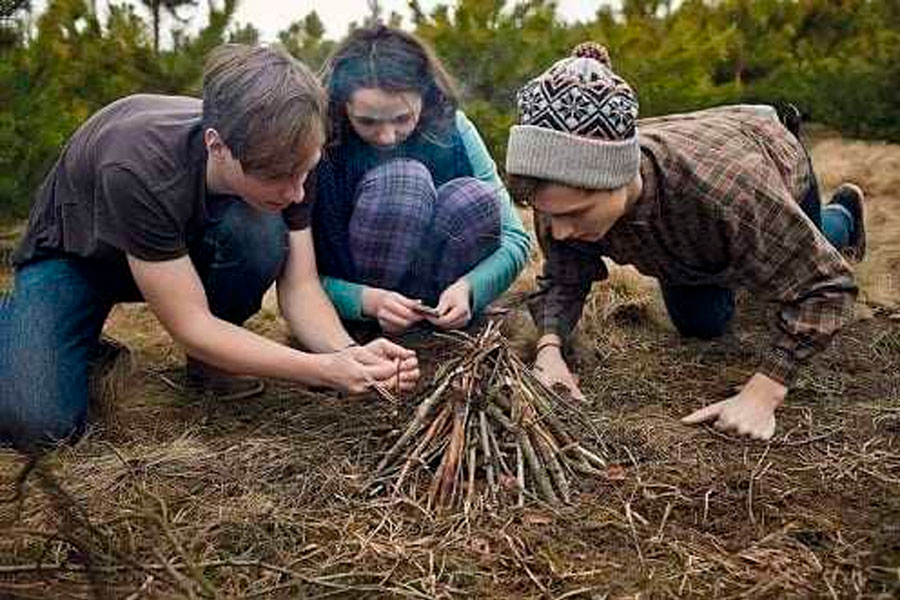

This will ensure it has the right dryness and moisture to help it burn better.
Ultimately, hardwood is the best type of wood, such as madrone, live oak, hickory, walnut, and fruit trees. Hardwoods can usually burn longer than softwoods, but there are some exceptions. If you can’t find a softwood, try some fir, but only branches that have also been seasoned.
Materials Needed to Build a Campfire
Some campers have successfully started fires using friction-based fire-making methods or by using a lens to get heat from the sun. However, these methods can take time and skill to learn so you should practice them at home if you ever intend to use them outdoors successfully.
There are three types of wood that you’ll need to build a fire, especially if you aren’t using a firestarter agent. These are:
1. Tinder
This includes dry leaves, forest duff, small twigs, wood shavings, and needles. It will be used to start the fire in the very early stages and create the first heat.
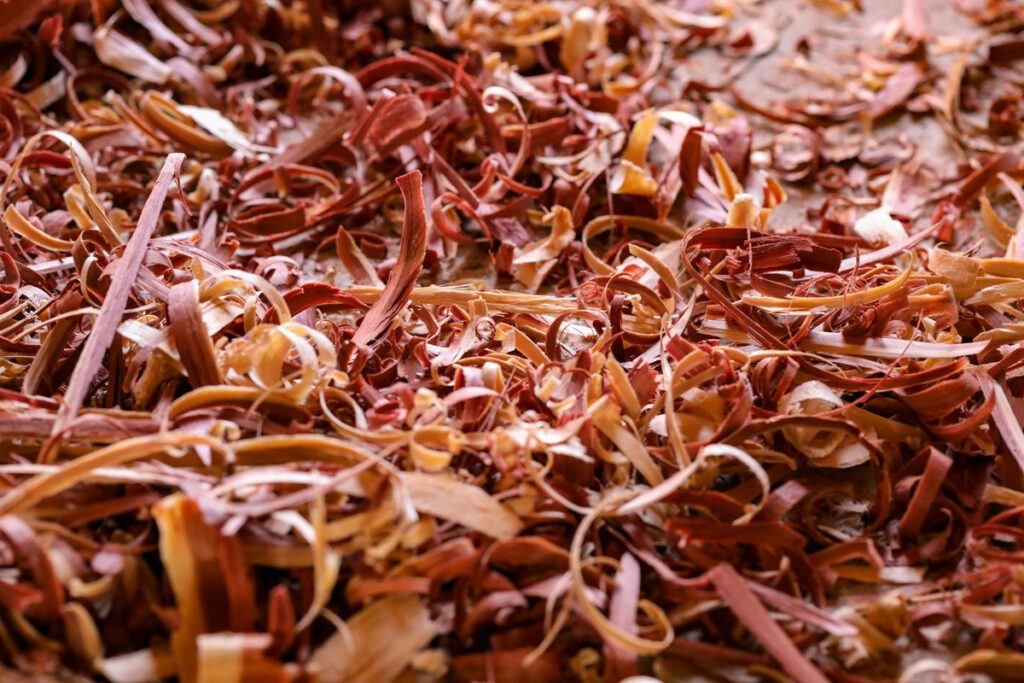

2. Kindling
The wood used for kindling is typically an inch in diameter and made up of small sticks, and this wood is used to grow the fire from the initial stages and turn it into flames that you can then begin to grow.
3. Firewood
These are larger pieces of wood, so they need to be quite thick in diameter. Their purpose is to keep your fire burning through the night.
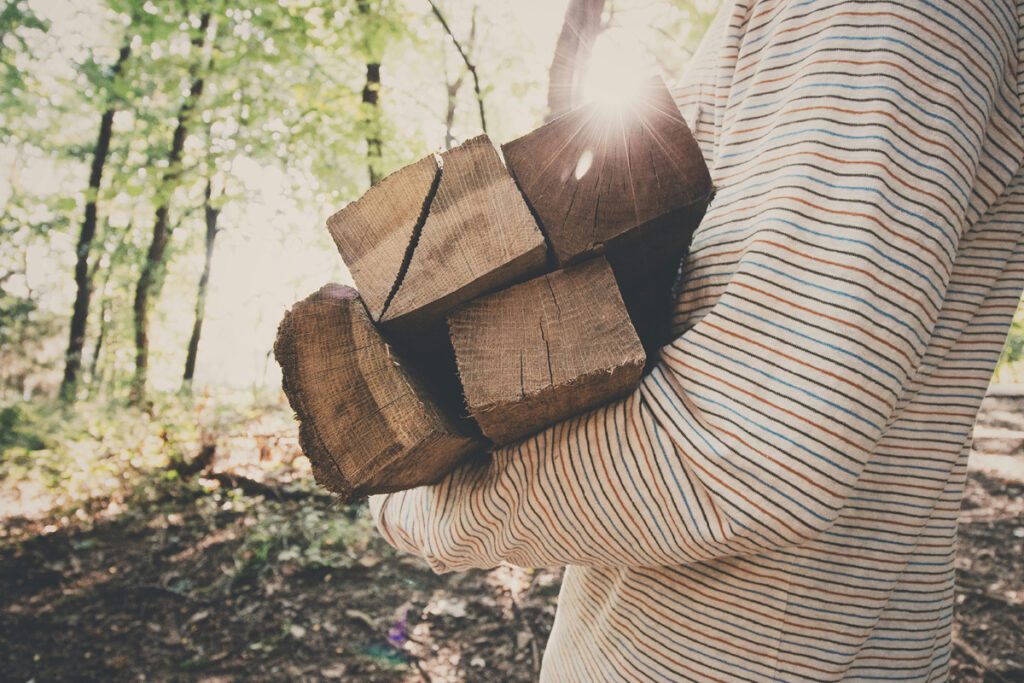

How To Build a Campfire
When building a campfire, following tried-and-tested methods is essential to ensure you’re doing it right and safely, adding to the experience.
1. Look for a Safe Site
Be sure to build your campfire on a fire pit or fire ring. If there are no existing ones, dig a pit about a foot deep and put rocks around it. The firepit should be far from dry grasses, bushes, and overhanging tree branches. To prevent fires from quickly moving uphill, avoid building campfires near the bases of mountains.
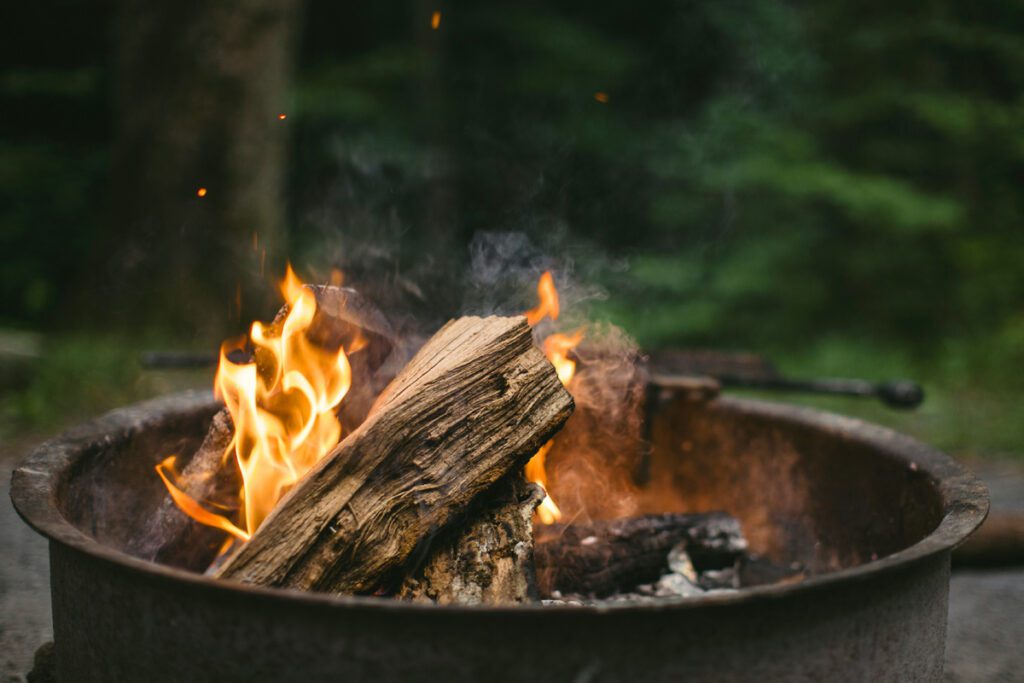

2. Prepare Enough Tinder
Gather enough tinder to ensure the flame will catch the kindling on fire. In addition to dried leaves or wood shavings, paper or commercial fire starters can be used as tinders.
3. Prepare your Kindling
Once your tinder ignites, carefully layer on your kindling to build a fire. How you lay your kindling will depend on the fire you create, whether a tepee, log-cabin type, lean-to, or an upside-down pyramid.
4. Build your Fire
Once the campfire is set up, you can start it and cook your meals or simply enjoy sitting around and listening to the crackling flames for some well-deserved warmth.
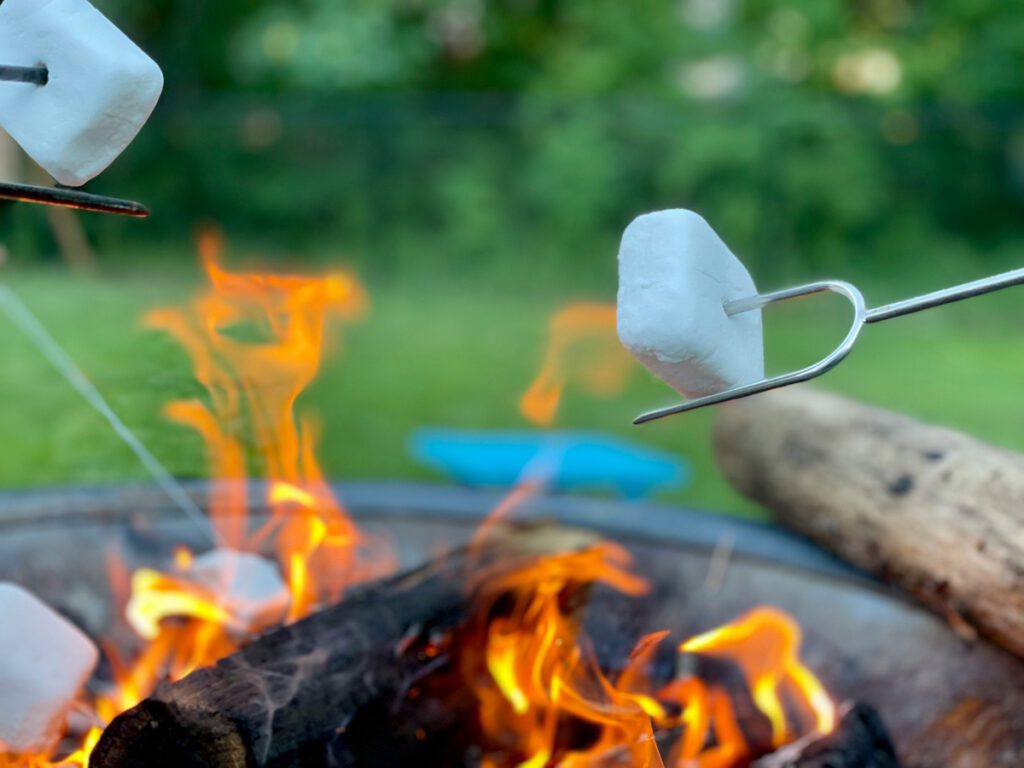

What is the easiest way to start a campfire?
One easy method is the log cabin method. Below are several easy ways to build a campfire. Choose from any of these ways to create one that best suits your purpose.
Easy Ways to Build a Campfire
Several different methods are popular with campers when building a fire, but one that is always reliable is the log cabin method. Follow these steps to build your log cabin-style fire, and then you can begin the lighting stage.
1. Log Cabin Method
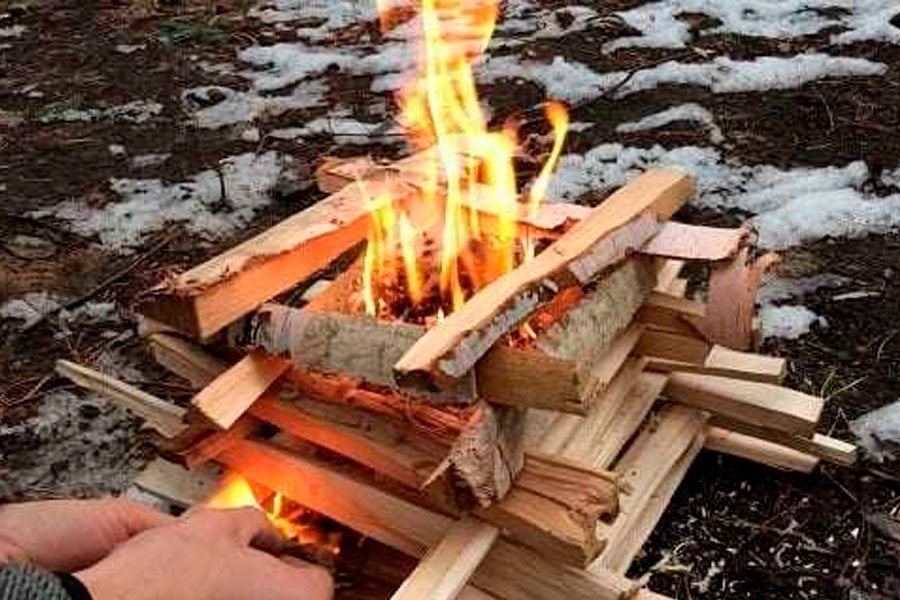

To make the base of your structure, place two larger pieces of wood parallel to each other with enough room in between for the fire.
Grab two pieces of wood and turn them 90 degrees away from the first two so they lay on top, making a square.
Continue to add layers of larger pieces of wood around the fire around the perimeter as you get smaller with each layer. Ensure enough space between the fuel logs so oxygen can get in and help grow the fire.
Complete the setup by placing another layer of kindling and tinder mixed on the square.
2. Tepee Method
A tepee campfire is tepee-shaped and has a circular base, allowing oxygen flow. Start by laying a bunch of tinder and forming a tepee shape above it using small pieces of kindling. As the fire builds, add larger pieces of kindling around it.
This campfire is helpful for quick cooking tasks such as heating water. For meals that would take longer to cook, you’ll have to wait until the wood burns, then set a pot on the embers.
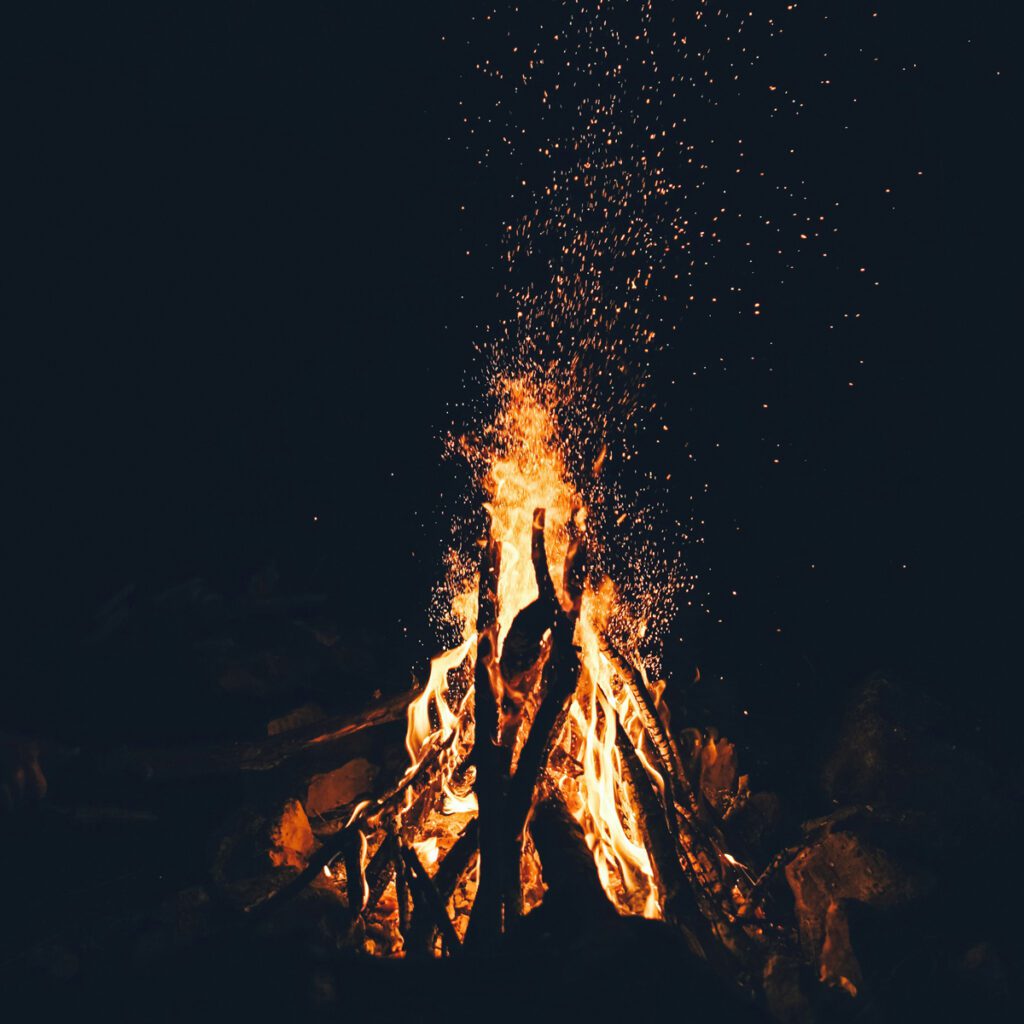

3. Platform or Upside-down Pyramid
Layer three or more pieces of wood on the ground. Add three or more on top perpendicularly until the platform reaches at least three layers. Place tinder and kindling and start creating fire.
4. Lean-to Method
A lean-to fire will shield your flames from the winds during gusty weather. One easy way to build one is to lay a large log on the ground, covering your tinder against the wind. Once your tinder catches fire, lean your kindling against the log and wait until it slowly burns.
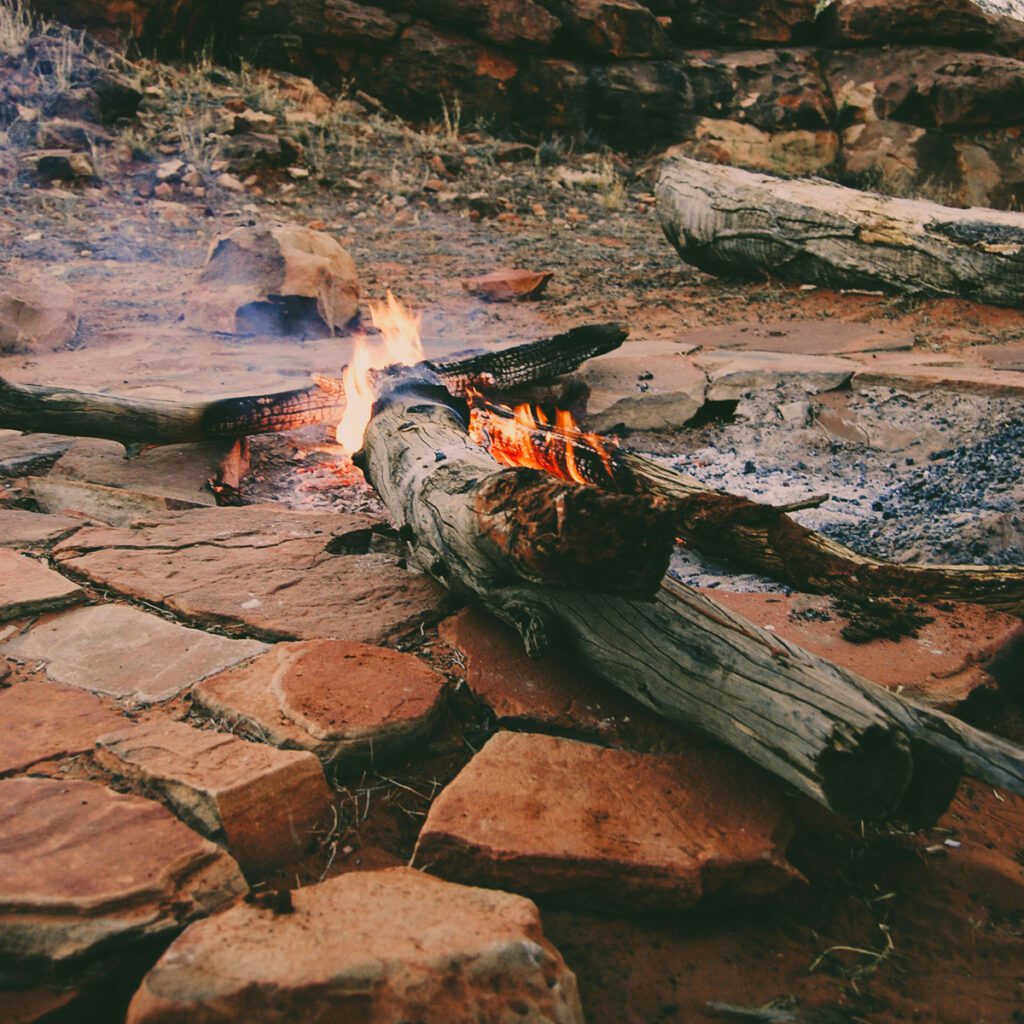

The fire will burn the firewood downwards since it started from the top of the platform. This setup is ideal for cooking – you can place your pots directly on the coal bed.
How to Start a Campfire with Wet Wood
Starting a campfire after a downpour can pose some challenges. Fear not! Following our doable tips, you can start a fire with wet wood. This will ensure you can stay warm and cook meals while enjoying the outdoors.
1. Keep your Fire off the Wet Ground
Fire pits tend to collect water after heavy rain, so elevating your platform with rocks or logs would be best. This will also allow air to flow, which helps start fires with wet wood.
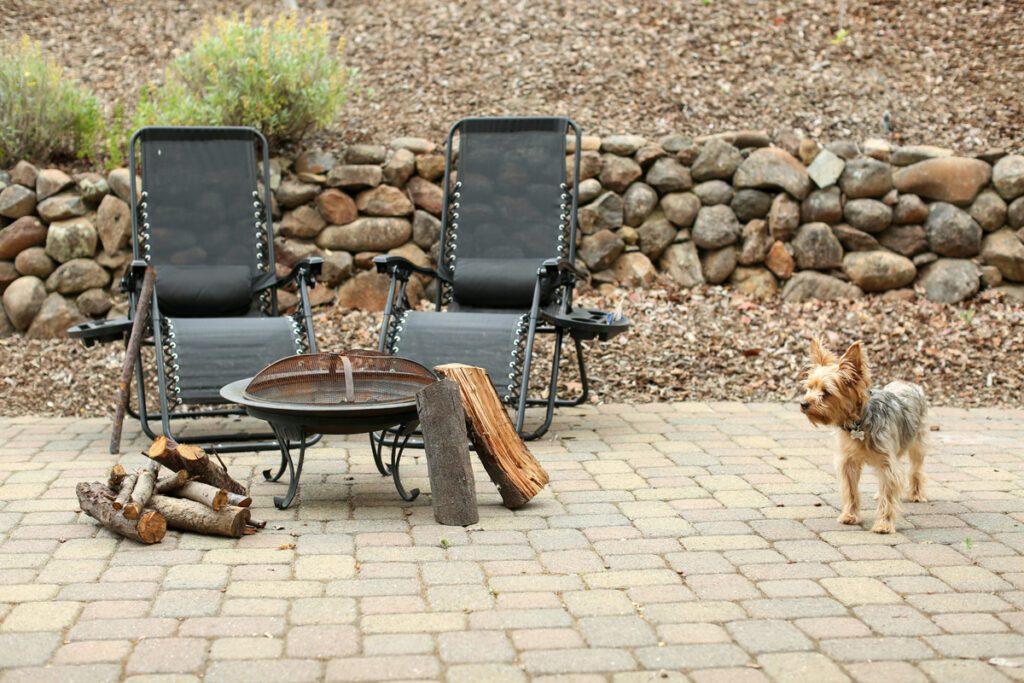

2. Peel off Wood Barks
Shave or peel away wood barks to expose the kindling’s dry layer. Split twigs into pieces instead of whole sticks for kindling because the wood’s inner layer quickly catches fire.
3. Gather Pine Needles and Dried Wood Shavings for Tinder
Dry pine needles, bark, and dry wood shavings are highly flammable because of their sap. If these aren’t available, you can use toilet paper, cotton balls, and the like as a fire starter.


4. Start Low
Start your fire low, and as it builds up, the heat from the fire will dry out the fuel wood as it rises. To let flames burn through the kindling, light your fire from the direction of the wind.
5. Place Firewood in a Criss-cross Pattern
Lean the kindling against each other to form a tepee shape around the tinder, making sure the dry side faces the tinder. This pattern helps build fire upward, away from the wet ground.
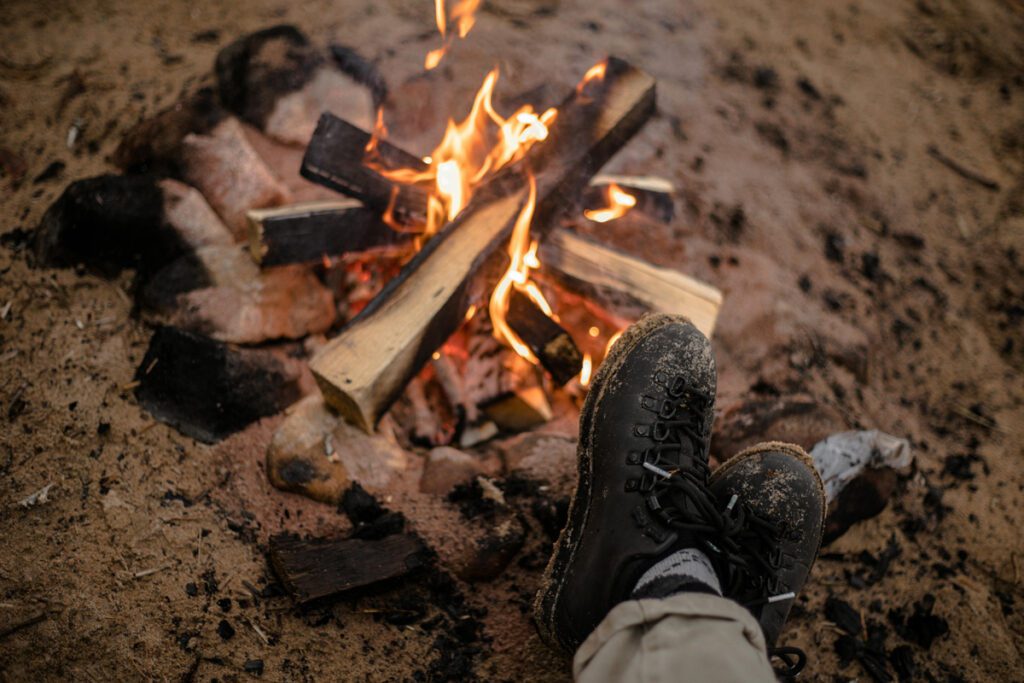

Lay two dry pieces of wood with the tepee kindling in between, leaving a small space between them for airflow. Stack additional pieces of firewood above the first layer. Keep adding more tinder until the kindling and wood begin to burn.
The Importance of Impact Fires
As campers, we should always do everything we can to adhere to the Leave No Trace policy, which includes starting low-impact fires only as required. The easiest way to do this is to use a fire ring previously started by someone else or set up by the regional parks service.
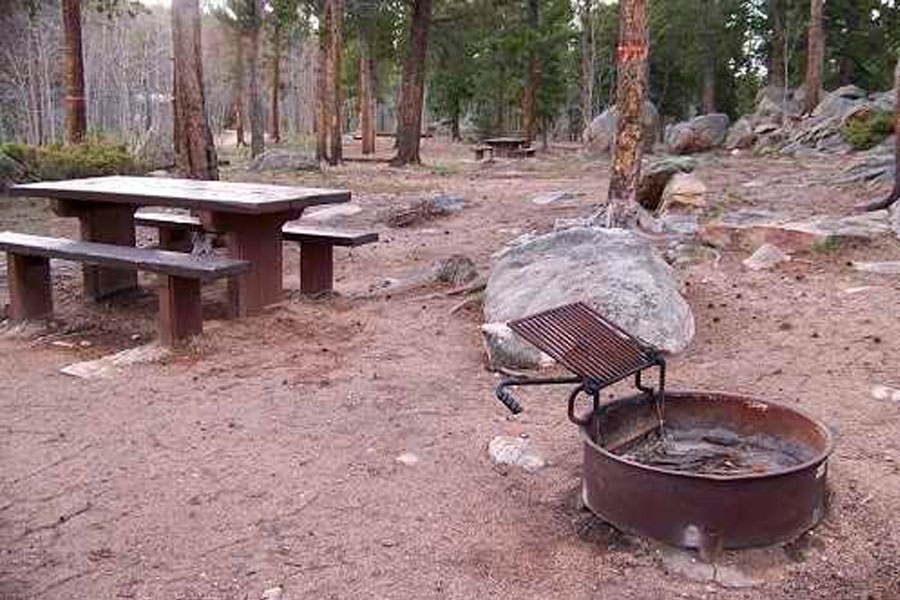

A fire ring should only be used in an emergency in the backcountry areas where fires are permitted. If you need to make a fire ring, dismantle it as soon as you’re done so you don’t tempt others to use it after you.
Fires can devastate the wilderness and the animals living there, so it’s essential to always follow campfire safety precautions and camp ethically.
An Essential Camping Skill
Just as important as learning how to build a campfire is learning how to properly extinguish it, and this needs to be a top priority for the camper.
Leaving a burning fire seriously harms the surrounding wildlife, wilderness, and other campers, so you need to pour water over the fire, stir the ashes, and then pour another lot of water on top to be sure it’s completely out.
Fire can have many benefits outdoors, provided we follow ethical camping guidelines and only make fire for the right reasons. By respecting the principles set out for campers by policies such as Leave No Trace, you can ensure you maintain the outdoors for many future generations of campers.
Resources:


